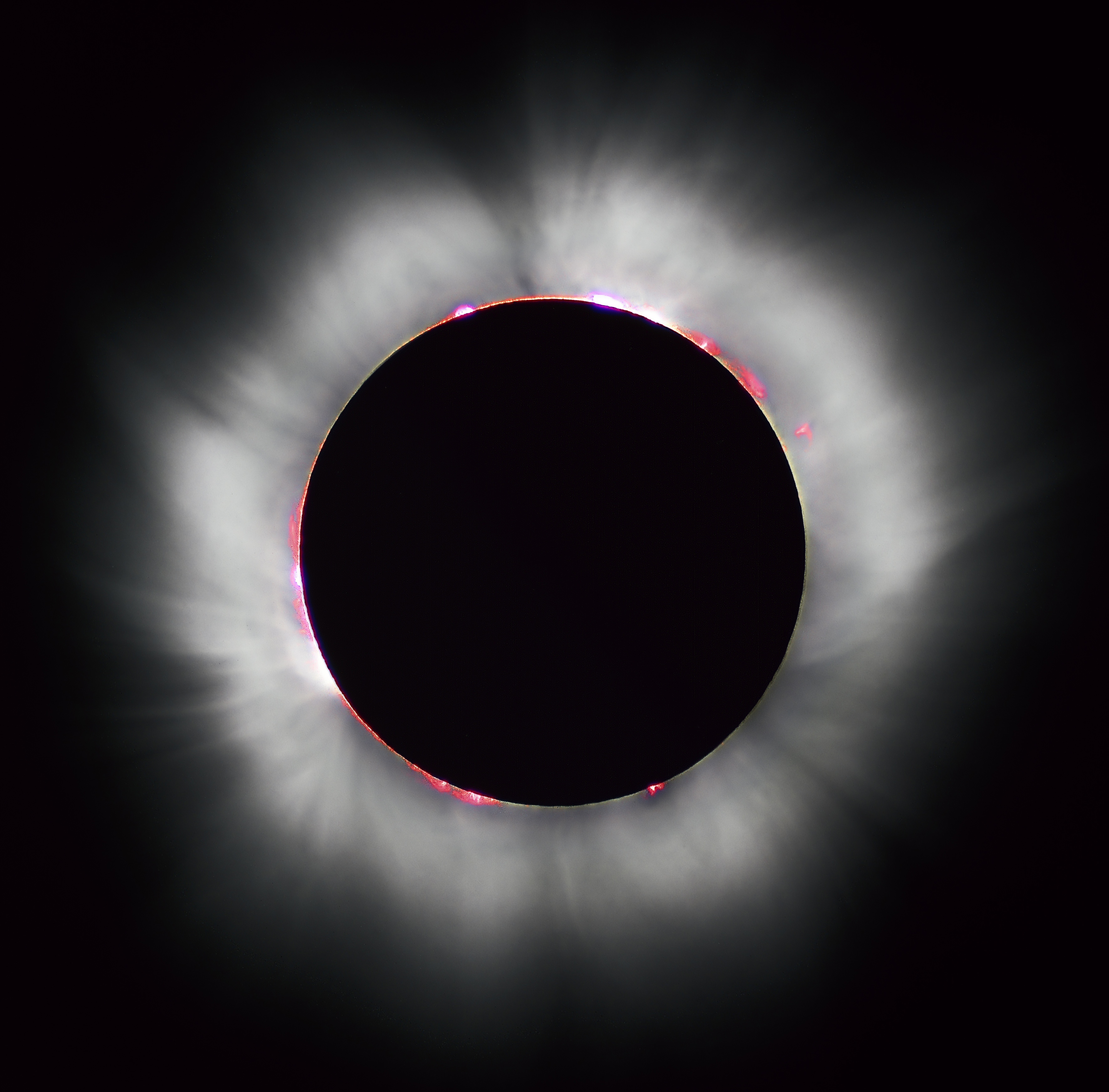'Virtual Particles' Could Create Dark, Echoing Dead Stars

There might be a massive, dead star out there that bends the stuff of raw vacuum and prevents itself from collapsing into a black hole.
That's the conclusion of a new paper published in the journal Physical Review Letters in early February, which provides the first thorough theoretical framework for understanding objects called "gravastars" and "black stars." These are ultradense, collapsed stars, like the more famous black holes. But unlike black holes, gravastars and black stars don't become so dense that they form event horizons, the border beyond which light cannot escape.
That's thanks to a phenomenon known as "quantum vacuum polarization."
Here's how it works:
There's a principle in quantum mechanics, as Live Science has reported previously, that empty space isn't really empty, but instead populated with "virtual particles." These particles are artifacts of the fact, described by quantum mechanics, that physics is governed more by probabilities than fixed realities. Because of the small possibility that a particle might exist in any one empty point in space, that empty point in space acts as if the particle is sort of, kind of there.
And those virtual particles have real effects on the world. Mostly, they're pretty small and easy to ignore. But in the extreme cases described in this paper, the particles hiding inside a heavy, collapsed star would "polarize," orienting themselves in a way that keeps them from getting too close to one another. They would form a kind of scaffolding that keeps the star from crunching too small and becoming a black hole.
However, just because the paper describes a situation in which such stars might exist, that doesn't mean they're out there, researchers said.
Sign up for the Live Science daily newsletter now
Get the world’s most fascinating discoveries delivered straight to your inbox.
Erin Bonning, director of the planetarium at Emory University in Atlanta, who wasn’t involved in the study, told Ryan Mandelbaum of Gizmodo that the paper relies on some simplifications and assumptions of how astrophysics works, and that it's possible — even likely — that such objects would never emerge in the more complicated terrain of the real universe.
However, if they do exist, we might have a way to detect them: by their gravitation waves. These ripples in space-time happen during violent cosmic events, when super-hefty objects accelerate or decelerate really quickly.
Charles Q. Choi spoke to theoretical physicist Paolo Pani of Sapienza University of Rome for Scientific American, who said that the gravitational waves created by interacting horizonless, collapsed stars — those gravastars and black stars — would look different than gravitational waves from black holes. While black holes absorb any waves that crash back into them, a horizonless star would reflect those waves, meaning that the gravitational waves would have a faint echo, Pani said.
Originally published on Live Science.










